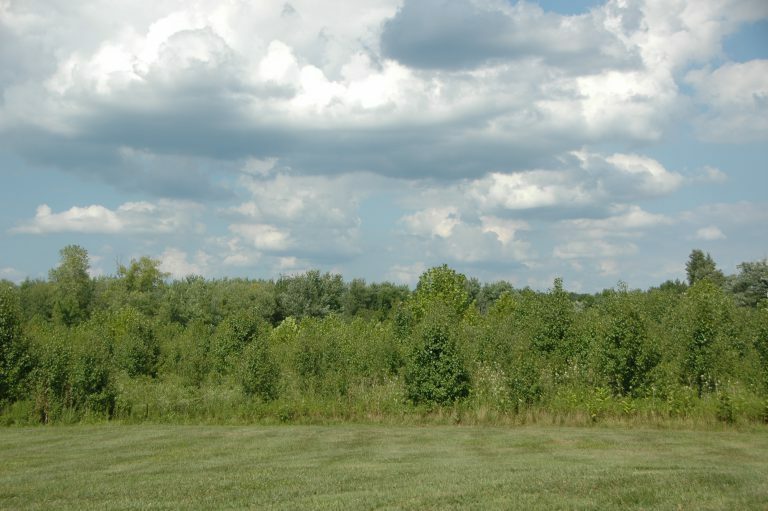Shor Park gets stream restoration grant

MILFORD – The Clermont County Park District and Clermont Soil & Water Conservation District received a $135,080 grant from the Ohio Environmental Protection Agency to restore a stream and construct three small wetlands at Shor Park.
This is the second phase of a restoration project that began in 2014 when the two entities partnered to restore more than nine acres of wetlands and create a bioretention basin for storm-water management.
“We have a great partnership with Soil & Water,” said Chris Clingman, Park District Director. “This grant – and this partnership – helps us address some significant issues with the Shor property.
“We’re pleased to move forward and continue enhancing the park experience for all of our guests.”
Soil & Water administrator John McManus agreed.
“Any time you have stream erosion, that’s a problem for the immediate stream – the biology on that site – and it’s also a problem downstream,” he said. “Sending sediment downstream affects the whole stream system.
“So doing a restoration, the benefits carry downstream. The more you can protect headwater streams, the better off the whole system is.
“The other benefit this project has – partnering with the park district – is the educational aspect. With the recent improvements there at Shor Park and the great crowds who have been using the park, we can really show people how a restoration works and how it benefits the entire community.”
The Clermont SWCD Board approved a contract with project design firm Sustainable Streams Oct. 9. Design work will be completed over the winter; construction should begin next summer.
About 200 feet of Avey’s Run flows through a storm sewer system as it enters Shor Park. However, the pipes are in disrepair and several sinkholes formed, posing a possible danger to park guests.
The grant also addresses bank erosion along the stream and invasive species removal.
Part of the project includes removing the existing storm sewer and recreating a natural stream channel. Hand-placed log structures at key places along the stream bank address erosion problems elsewhere.
This technique mimics stable wood found in nature and avoids the disturbance associated with heavy equipment and grading operations.
Along with the stream restoration work, the project creates three pocket wetlands and removes more than 11 acres of invasive species.

